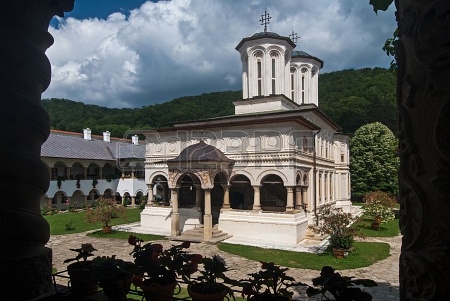Wallachia, the region of southern Romania and which borders the more famous region of Transylvannia to the north, was an independent principality until 1859, when it united with Moldavia to form the basis of the modern state of Romania, with Transylvania joining 59 years later (1918) to form the new Kingdom of Romania which was first established 1881.
In 1801, before its unification with Moldavia, there was still a fervent and widespread belief in vampires among the farmers and rural peasants though modern science was beginning to dispel vampiric beliefs among the aristocracy. One of the more common ways of dispatching a vampire in the countryside was to exhume the body and decapitate the corpse. If that did not work, the body was exhumed again and a wooden stake driven through it or it might be turned to face down. If all else failed, a third exhumation could lead the to burning of the corpse (which was a difficult undertaking and therefore the last resort of the vampire dispatchers).
It was the continued exhumation of corpses which came to the attention of the Wallachian authorities. On July 1, 1801 there was a proclamation made that in Wallachian territory a corpse could not be exhumed more than TWICE if it was suspected of being a vampire!

